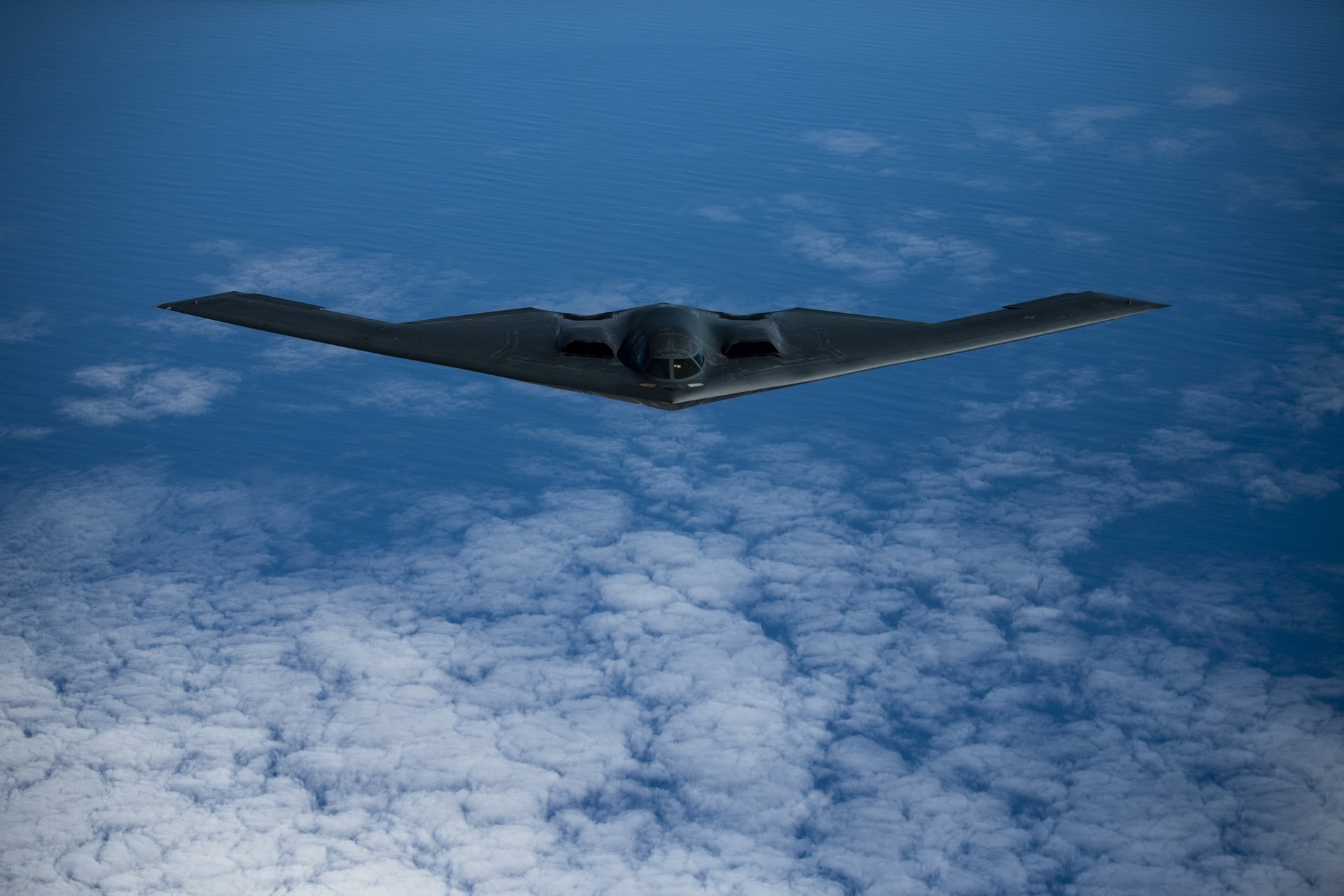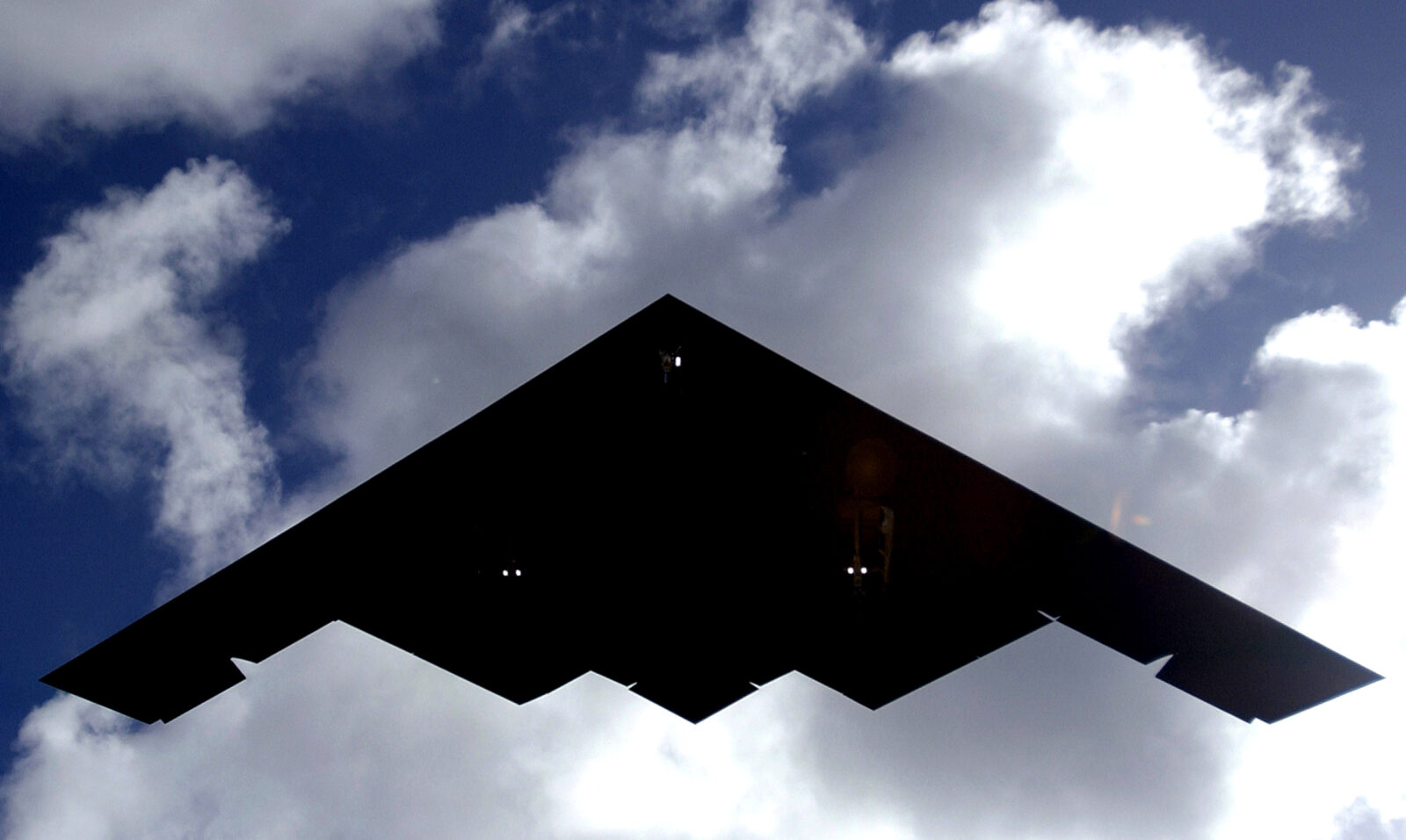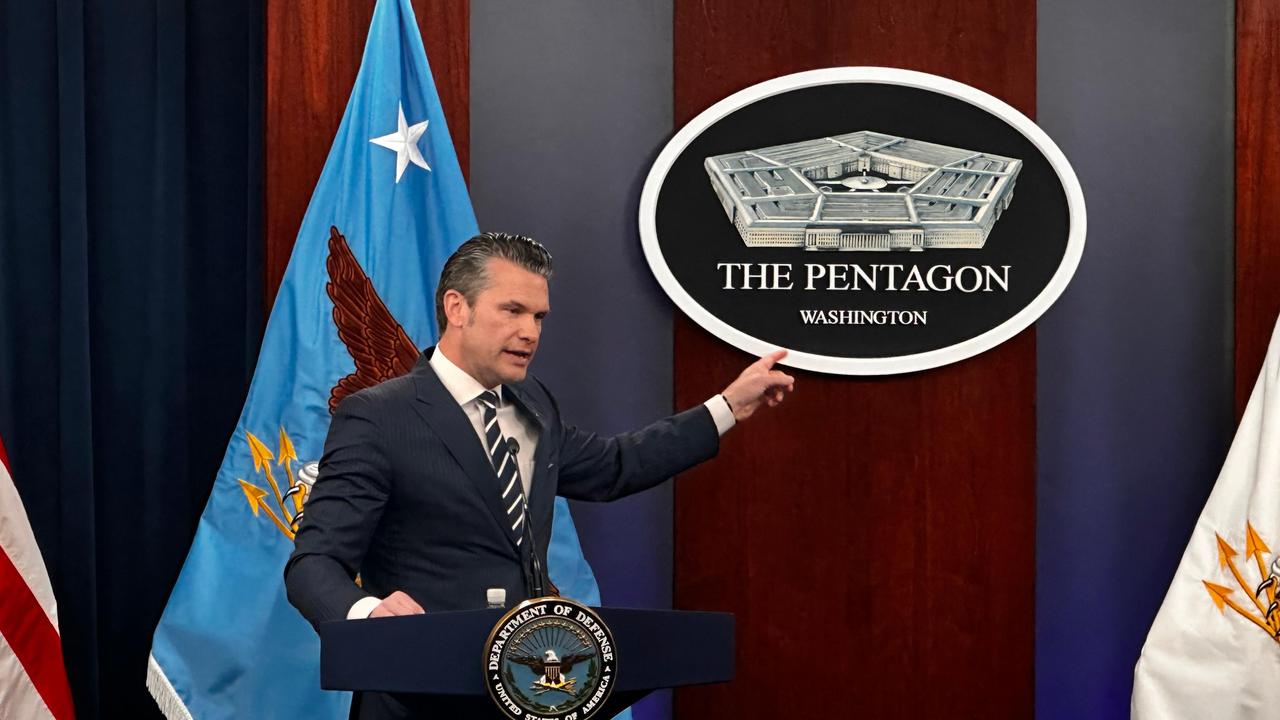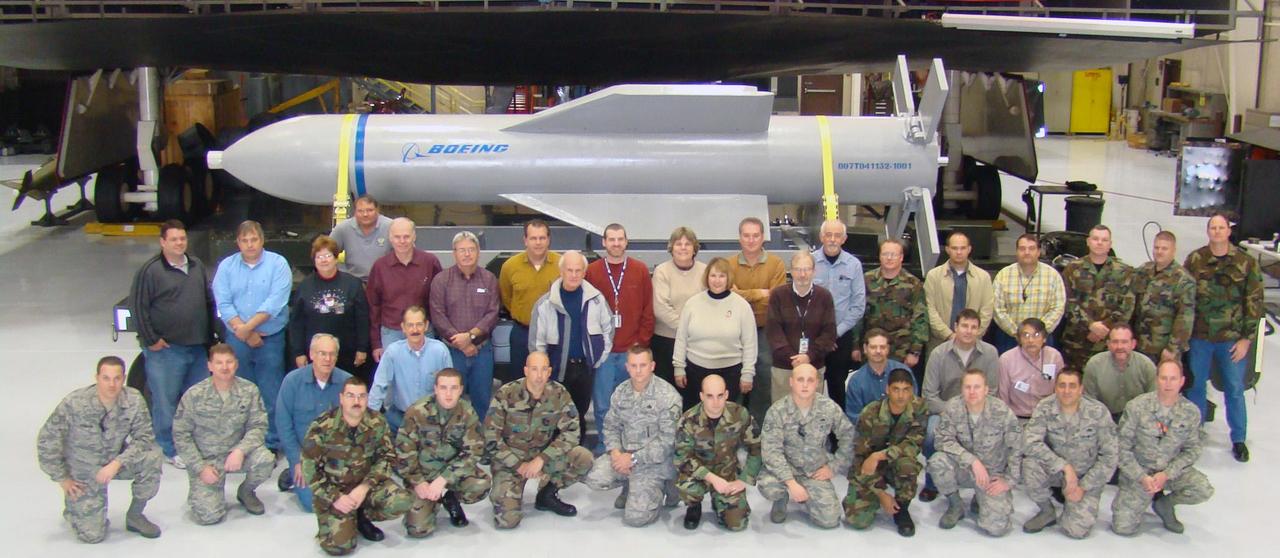
The United States conducted a massive military operation against Iran's nuclear program early Sunday, with Defense Secretary Pete Hegseth declaring that Iran's "nuclear ambitions have been obliterated" and the mission had "devastated" Iranian nuclear capabilities.
The extensive strike, which Pentagon officials characterized as an "incredible and overwhelming success," involved more than 125 aircraft and hundreds of personnel in what they described as months of carefully planned precision operations targeting Iran's nuclear infrastructure.

The operation, dubbed "Midnight Hammer," centered on seven B-2 Spirit stealth bombers that flew 18 hours from the U.S. mainland to Iran with multiple aerial refuelings, according to Joint Chiefs Chairman Dan Caine.
The complex mission also deployed fourth- and fifth-generation fighters, dozens of refueling tankers, and a guided missile submarine, along with what officials described as a full intelligence, surveillance, and reconnaissance suite.
"Iran's fighters did not fly, and it appears that Iran's surface-to-air missile systems did not see us throughout the mission. We retained the element of surprise," Caine said, describing how Iranian forces appeared unable to mount any effective response to the strikes.
Pentagon officials said Iranian planes did not respond to the attacks, and no missiles were fired by Iranian forces during the operation. The strikes utilized both B-2 bombers and submarine-launched missiles in the coordinated assault on nuclear facilities.

Defense Secretary Hegseth repeatedly emphasized that the operation "did not target Iranian troops or the Iranian people," framing Operation Midnight Hammer as narrowly focused on nuclear capabilities rather than broader military targets or civilian infrastructure.
"The president authorized a precision operation to neutralize the threats to our national interests posed by the Iranian nuclear program and the collective self-defense of our troops and our ally Israel," Hegseth told reporters at the Pentagon briefing.
The Pentagon chief stressed regime change was not the objective of the extensive military operation. "This mission was not, and has not, been about regime change," Hegseth said, instead positioning the strikes as a targeted response to specific nuclear threats.

Pentagon officials revealed that Operation Midnight Hammer involved months of planning that included positioning, precision tactics, and strategic misdirection.
The complex coordination required to execute the 18-hour bomber mission, coordinate with submarine operations, and deploy the full range of supporting aircraft demonstrated extensive advance preparation.
The operation utilized hundreds of personnel across multiple military branches and required sophisticated logistics to maintain the element of surprise while conducting strikes across Iranian nuclear facilities.

President Trump has called for Iran to come to the negotiating table and voluntarily renounce its nuclear program to bring an end to the fighting. He has urged Iran not to retaliate, threatening "far greater" U.S. strikes if American assets or troops in the region are targeted.
The "capabilities" of the American military, however, are "unlimited," Hegseth added, warning that Iran now has a "choice" on whether to pursue peace or escalation. Trump, Hegseth, and Joint Chiefs Chairman Gen. Dan Caine have hailed the bombing of three Iranian nuclear sites as a "spectacular success."

The "complex and high-risk mission" included sophisticated deception efforts, with several B-2 bombers flying west from Missouri over the Pacific as part of a "deception effort" while being detected by flight radar and reported by media on Saturday.
The actual strike force consisted of seven B-2 stealth bombers, each with two crew members, who flew 18 hours east from the U.S. and "linked up with escort and support aircraft," according to Caine.
"This was the largest B-2 operational strike in U.S. history and the second-longest B-2 mission ever flown—exceeded only by those in the days following 9/11," Caine told reporters.

At approximately 6:40 p.m. ET, or 2:10 a.m. Iran time, the lead B-2 bomber dropped two "massive ordnance penetrators"—30,000-pound bunker-buster bombs—on Iran's underground Fordow nuclear facility.
The remaining bombers hit their targets with a total of 14 bunker-busters, with all three Iranian nuclear sites struck between 6:40 p.m. ET and 7:05 p.m. ET. Tomahawk missiles from a U.S. submarine also struck the Isfahan nuclear site.
All three targets sustained "severe damage," but the assessment to determine whether Iran still has some nuclear capability is ongoing, officials said. Trump had claimed that Iran's key uranium enrichment sites "have been completely and totally obliterated."
Hegseth said the U.S. believes it "achieved destruction of capabilities" at Fordow—a facility built into a mountain and deep underground—but Caine cautioned that it's too early to tell the extent of the damage.
Following the strikes, Hegseth called on Iranian leadership to pursue peaceful solutions, saying President Trump "seeks peace, and Iran should take that path."
The Pentagon chief framed the operation as demonstrating that "American deterrence is back" while leaving room for diplomatic engagement.
The strikes represent one of the most significant U.S. military actions against Iran's nuclear infrastructure, though the full extent of damage to Iranian facilities has not been detailed by Pentagon officials.
The operation marks a major escalation in U.S.-Iran tensions while officials maintain their focus remains on neutralizing nuclear threats rather than broader military confrontation.